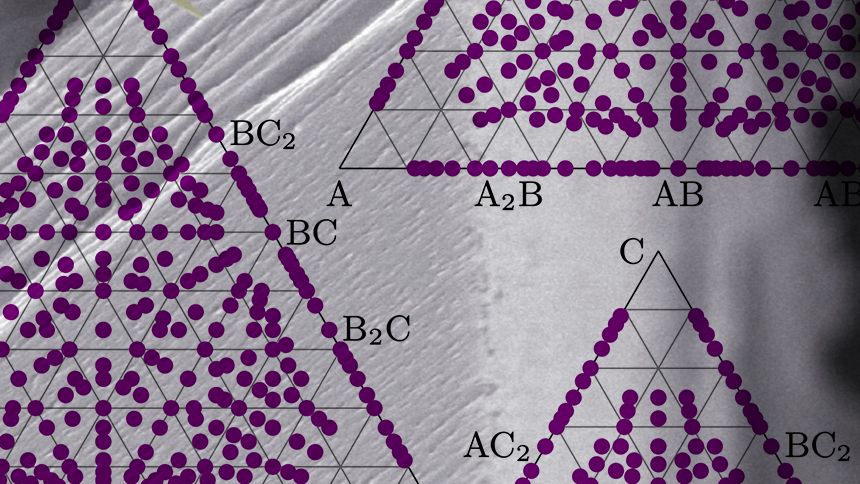Machine-Learning-Assisted Determination of the Global Zero-Temperature Phase Diagram of Materials
Crystal-graph attention neural networks have emerged recently as remarkable tools for the prediction of thermodynamic stability. The efficacy of their learning capabilities and their reliability is however subject to the quantity and quality of the data they are fed. Previous networks exhibit strong biases due to the inhomogeneity of the training data. Here a high-quality dataset is engineered to provide a better balance across chemical and crystal-symmetry space. Crystal-graph neural networks trained with this dataset show unprecedented generalization accuracy. Such networks are applied to perform machine-learning-assisted high-throughput searches of stable materials, spanning 1 billion candidates. In this way, the number of vertices of the global T = 0 K phase diagram is increased by 30% and find more than ≈150 000 compounds with a distance to the convex hull of stability of less than 50 meV atom−1. The discovered materials are then accessed for applications, identifying compounds with extreme values of a few properties, such as superconductivity, superhardness, and giant gap-deformation potentials.
Read the whole article in Advanced Materials.
